Do Zirconia Ceramics Have Better Wear Resistance than Alumina Ceramics? Why?
There’s a constant tug between zirconium oxide and оксид алюминия ceramics in the engineering of technical components. Both exhibit incredible mechanical, chemical, and physical properties.

And we made a comprehensive distinction between the two ceramics based on these properties.
But how about a comparison of zirconia vs. aluminum oxide, focusing exclusively on their wear resistance?
Wear Resistance of Zirconia Vs. Aluminum Oxide Ceramics
Zirconia and alumina exhibit different wear dynamics under specific circumstances:
1. Cryogenic Environments
How does alumina’s wear behavior when exposed to extremely low-temperature environments compare with zirconia’s?
Alumina stone experiences three-body abrasion at low temperatures. This is because the fine grains created by the friction come between the sliding surfaces. Hence, the fine grains act as a third body, causing material loss.
As the sliding continues, the loose alumina grains lower the coefficient of friction. This decrease is due to the increase in contact temperature at high sliding speeds.
Additionally, alumina has high thermal conductivity at liquid nitrogen (LN2) temperature. In the event of continuous flushing by liquid nitrogen, more heat is generated from the contact area. This, in turn, leads to a lower friction coefficient.
What does a lower friction coefficient mean? You have an alumina ceramic plate with a weaker opposition to wear.
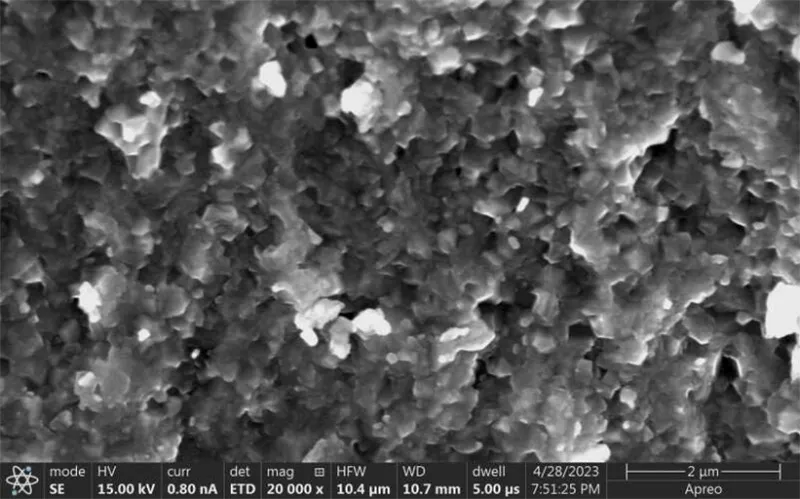
Zirconia, on the other hand, experiences two-body wear. Meaning, there are no loosely attached zirconia grains that come between the sliding bodies.
The wear rate of zirconia ceramic also shows a systematic decrease as the sliding continues. Eventually, zirconia may form a wear groove. However, even at its maximum wear depth, the rate of wear is relatively low.
The wear leads to a slight increase in load, which, unlike alumina, does not greatly impact its wear resistance.
Hence, zirconia exhibits better wear resistance than alumina at cryogenic conditions.
2. Room or High Temperature
Zirconia ceramic materials generally have high crack resistance at high temperatures.
|
Zirconium Oxide Property |
Ценить |
|
Температура плавления |
2370 °C |
|
Плотность |
6.53 g/cm^3 |
|
Твёрдость |
13 GPa/8.5 Mohs |
|
Прочность на изгиб |
1200 МПа |
|
Вязкость разрушения |
8 MPa.m<sup>½</sup> |
|
Теплопроводность |
2-3 W/m.k |
|
Thermal expansion |
10<sup>10</sup>Ω.cm |
As it is impossible to use liquid lubricants at high temperatures, zirconia ceramics are stabilized by oxides of magnesium and yttrium. In that case, the ceramic sees an increase in the coefficient of friction.
Unmodified zirconia ceramics, however, undergo surface fatigue and brittle damage in high-temperature conditions.
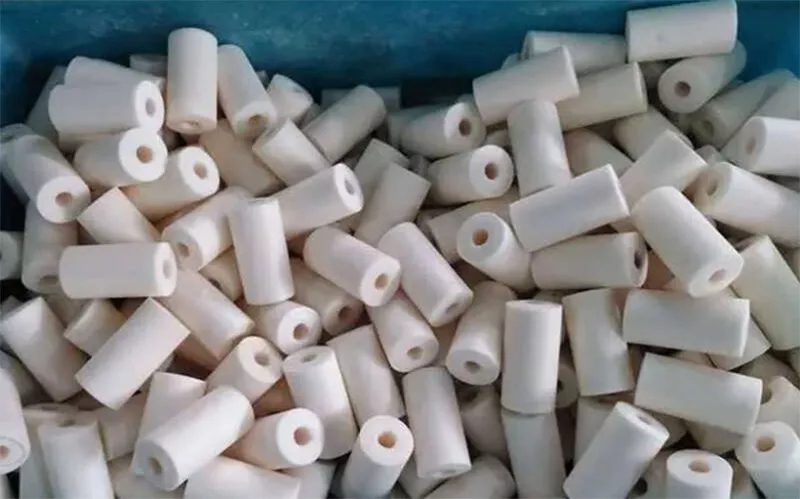
The elastic modulus of zirconia at indoor temperature is higher than at 1,500 degrees Celsius. Its hardness and mechanical behavior change with increasing temperatures due to changes in the microstructure and the presence of impurities.
On the other hand, alumina hardness on Mohs (9) is higher than that of zirconium oxide (8.5). It also has better thermal stability compared to zirconia. Besides, the ceramic’s high enthalpy explains its exceptional performance and stability in high-temperature conditions. Hence, an alumina glaze is ideal for applications involving high wear rates at high temperatures.
Alumina undergoes changes in wear dynamics at elevated temperatures, like plastic deformation. However, its high hardness and low coefficient of thermal expansion promote relatively better wear resistance.
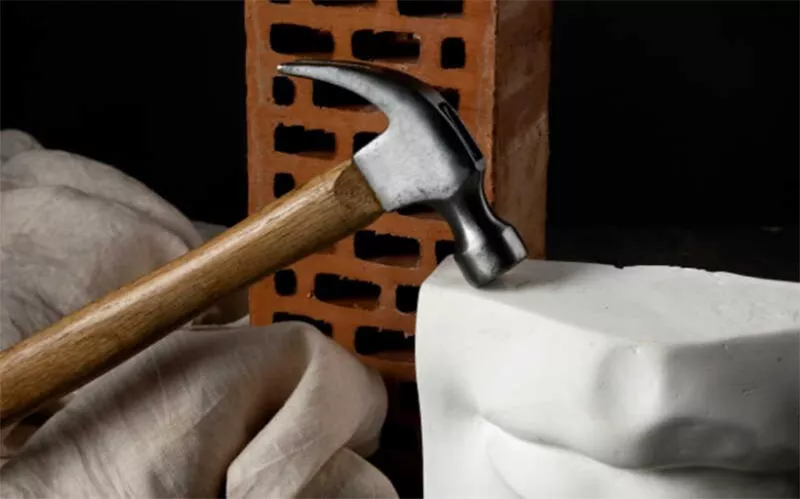
For its incredible thermal stability, alumina resists wear at temperatures as high as 1,500 degrees Celsius. At the same temperature, zirconia experiences a significant amount of wear and phase transformation.
Hence, alumina has better wear resistance than zirconia at elevated temperatures.
3. Acidic and Alkaline Conditions
Aluminum oxide ceramic properties, such as high elastic moduli, temperature stability, and high hardness, may lead you to assume it possesses all the ideal characteristics.
|
Alumina Property |
Ценить |
|
Твёрдость |
9 (Mohs Scale) |
|
Fracture strength (in bending) |
400 MPa |
|
Room temperature thermal conductivity |
36 W/m·K |
|
Stress intensity factor |
3.4-4 MNm-3/2 |
|
Плотность |
3.98g.cm-3 |
|
Коэффициент теплового расширения |
5.5-10 10-6K-1 |
|
модуль Юнга |
400 GPa |
|
Температура плавления |
2050 Degrees Celsius |
But how does it react to chemical exposure, compared to zirconium oxide?
Alumina’s high thermal stability and abrasion resistance significantly improve its wear resistance in alkaline environments.
If an alumina ceramic plate is placed in low-alkaline conditions, such as water, it exhibits high wear resistance because of its high insolubility. Besides, the ceramic material displays tribochemical (hydroxide) layers that act as a protective interface against wear action.
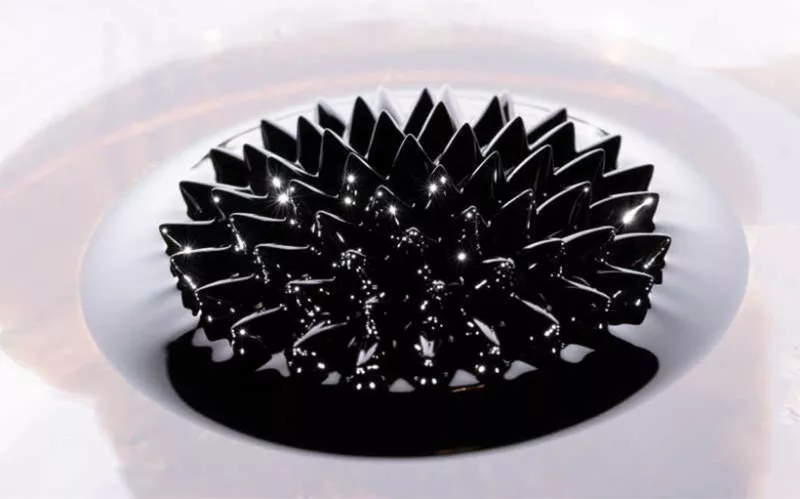
On the other hand, if a zirconia ceramic material is placed in an aqueous solution, a few mechanisms related to phase transformation start to take place. This leads to a higher wear rate than an alumina plate if placed in the same solution. The phase transformations limit zirconia’s performance in acidic or alkaline environments.
Hence, an alumina ceramic plate has better wear resistance than a zirconia plate under pH-controlled conditions.
However, alumina undergoes a significant wear rate in severe tribochemical conditions such as highly acidic or alkaline solutions. The corrosion may not be as significant as that of zirconia under the same conditions.
Zirconia-Toughened Alumina (ZTA) Ceramics
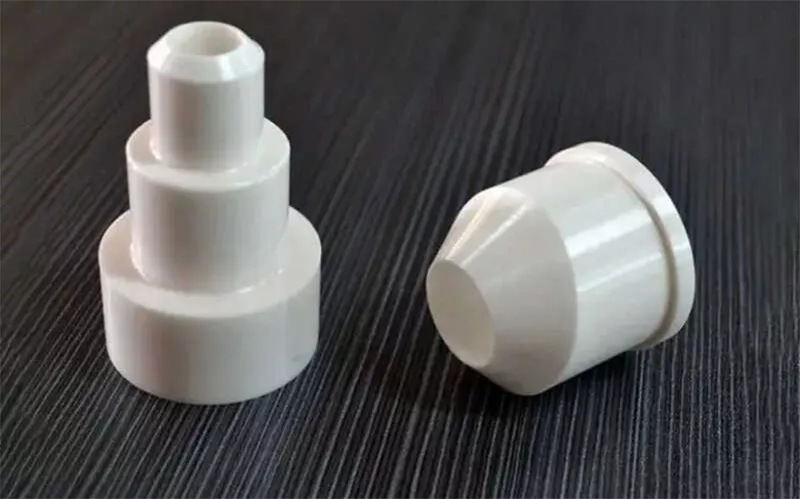
How about merging alumina benefits and zirconia properties? What happens at the microstructure level?
Adding zirconium oxide to an alumina composite will initially cause densification because of lattice deviations. After sintering, you have two phases, zirconia and alumina. As the glaze cools, the zirconia will transform from tetragonal to monoclinic, leading to microcrack formation and volume decrease.
Microcracks inhibit the propagation of macrocracks in the entire microstructure. This results in a toughening mechanism. To improve the toughening mechanism, the use of smaller zirconia grains is advised.
Zirconia-toughened alumina ceramics combine the best of alumina and zirconia. It exploits alumina ceramic material properties like high wear and corrosion resistance, flexural strength, and hardness.
Its zirconia content gives it high fracture toughness, which is important in preventing crack propagation and material failure. Besides, it has high hardness, second only to the hardest known material. Meaning, ZTA has high endurance under pressure and high load, which makes it a highly wear resistant ceramic material
Заключение
So far, we hope you’ve learned how alumina and zirconia behave in different conditions and how that influences their wear resistance. While we may not point to either of them as being better, we have outlined their wear behavior in specific conditions. We hope that this will inform your decisions, depending on your industry application. For more information or specified services, feel free to связаться с нами today.